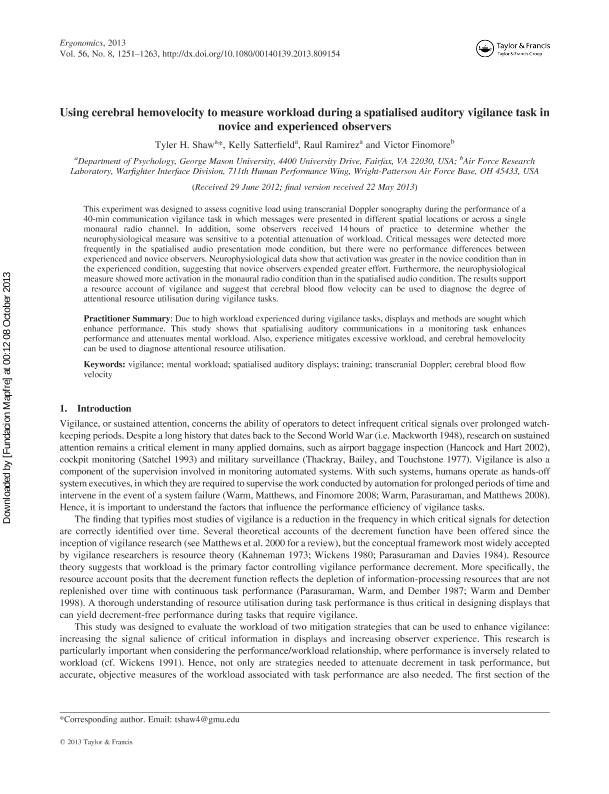Using cerebral hemovelocity to measure workload during a spatialised auditory vigilance task in novice and experienced observers

Contenido multimedia no disponible por derechos de autor o por acceso restringido. Contacte con la institución para más información.

